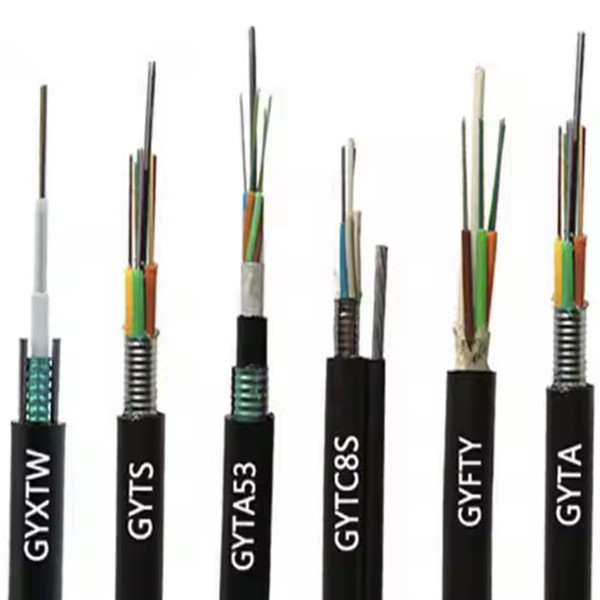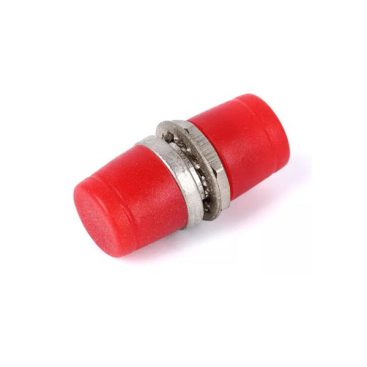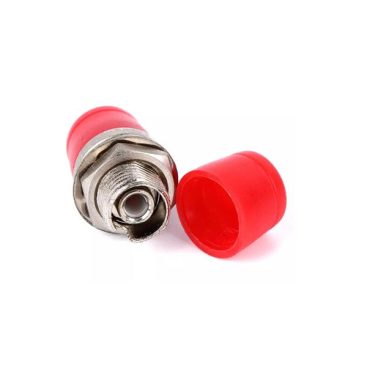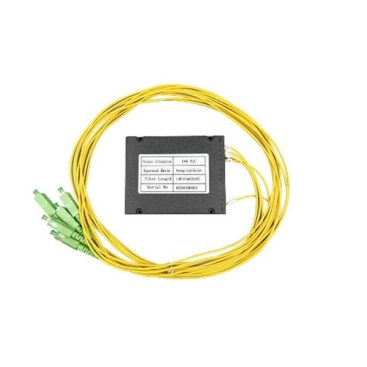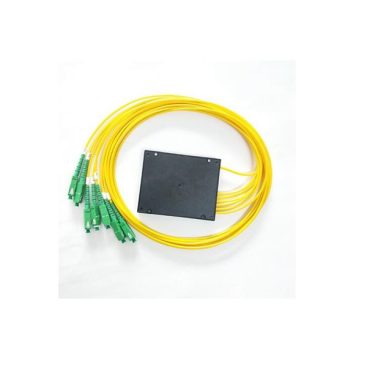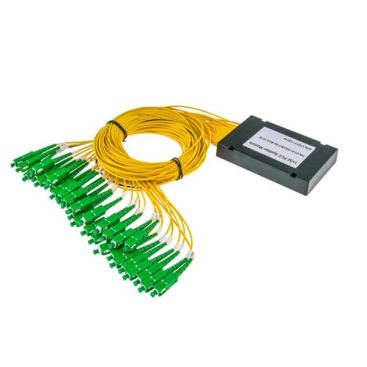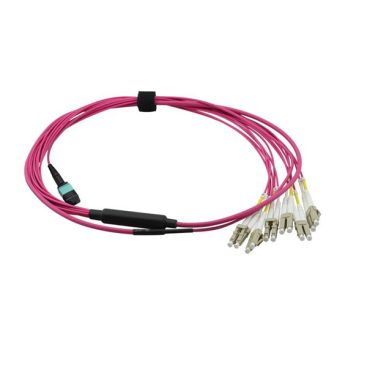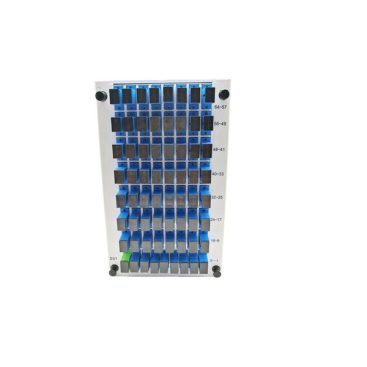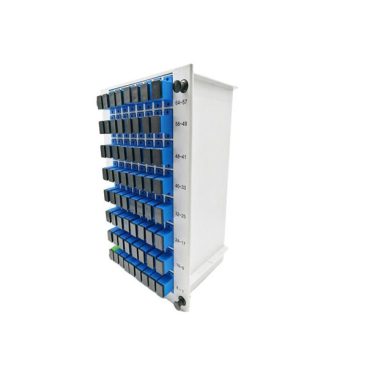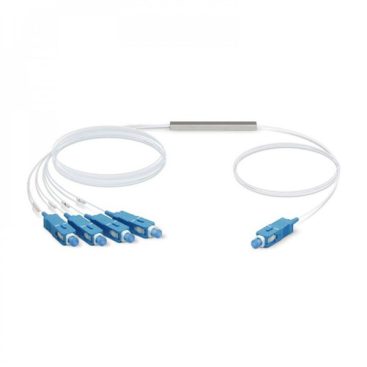- Leírás
- Vizsgálat
- Melléklet
Leírás
GYTZA-146~216Xn Optic Cable is Flame-retardance Stranded Loose Tube Optical Cable (GYTZA). As the core medium of modern information transmission, optical fiber cable has been used in many industries such as communications, industry, medical care, and energy
GYTZA-146~216Xn Optic Cable Product Overview
The structure of GYTZA fiber optic cable is that a 250μm optical fiber is sleeved into a loose tube made of high-modulus material, which is filled with a waterproof compound. In the center of the core is a metal reinforcing core, and for some core cables, a layer of polyethylene (PE) is squeezed out of the metal reinforcing core. The loose tube (and filler rope) are twisted around the central reinforcing core to form a compact and rounded core, és a magon belüli réseket vízzáró töltelékkel töltjük ki. Plastic-coated aluminum strip (APL) is longitudinally wrapped and extruded into a flame-retardant sheath to form a cable.
A flame-retardant outer sheath, extruded over longitudinally wrapped coated aluminum tape, delivers superior fire resistance and environmental protection. This innovative design ensures the cable’s safety and durability in challenging conditions, including areas with stringent fire safety requirements.
GYTZA-146~216Xn Optic Cable Product Pictures



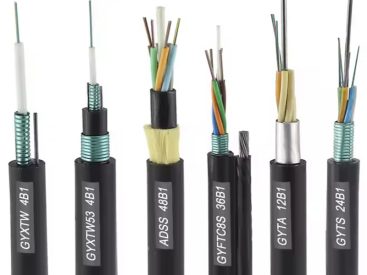
GYTZA-146~216Xn Optic Cable Product Specifications
| Fiber cable model (in increments of 2 rostok) | Number of optical fiber tubes | Number of sleeves | Number of filling ropes | Reference optical cable weight (kg/km) | Allowable tensile force Long-term/short-term (N) | Allowable crushing force long term/short term (N/100mm) | Bending radius static/dynamic (mm) | |
| GYTZA-2~6Xn | 2~6 | 1 | 4 | 101 | 600/1500 | 300/1000 | 10D/20D | |
| GYTZA-8~12Xn | 8~12 | 2 | 3 | 101 | ||||
| GYTZA-14~18Xn | 14~18 | 3 | 2 | 101 | ||||
| GYTZA-20~24Xn | 20~24 | 4 | 1 | 101 | ||||
| GYTZA-26~30Xn | 26~30 | 5 | 0 | 101 | ||||
| GYTZA-32~36Xn | 32~36 | 6 | 0 | 111 | ||||
| GYTZA-38~48Xn | 38~48 | 4 | 1 | 117 | ||||
| GYTZA-50~60Xn | 50~60 | 5 | 0 | 117 | ||||
| GYTZA-62~72Xn | 62~72 | 6 | 0 | 144 | ||||
| GYTZA-74~84Xn | 74~84 | 7 | 1 | 171 | ||||
| GYTZA-86~96Xn | 86~96 | 8 | 0 | 171 | ||||
| GYTZA-98~108Xn | 98~108 | 9 | 1 | 198 | ||||
| GYTZA-110~120Xn | 110~120 | 10 | 0 | 198 | ||||
| GYTZA-122~132Xn | 122~132 | 11 | 1 | 229 | ||||
| GYTZA-134~144Xn | 134~144 | 12 | 0 | 229 | ||||
| GYTZA-146~216Xn | 146~216 | 13~18 | 5~0 | 229 | ||||
| Fiber optic type | Csillapítás (20°C) | Sávszélesség | Numerical aperture | Optical fiber cutoff wavelength | ||||
| @ 850 nm | @1300nm | @ 1310 nm | @ 1550 nm | @ 850nm | @1300nm | |||
| G.652 | — | — | ≤0,36 dB/km | ≤0,22 dB/km | — | — | — | ≤1260 nm |
| G.655 | — | — | ≤0.40dB/km | ≤0,23 dB/km | — | — | — | ≤1450nm |
| 50/125µm | ≤3.3dB/km | ≤1.2dB/km | — | — | ≥500MHz·km | ≥500MHz·km | 0.200±0.015 NA | — |
| 62.5/125µm | ≤3.5dB/km | ≤1.2dB/km | — | — | ≥200MHz·km | ≥500MHz·km | 0.275±0.015 NA | — |
GYTZA-146~216Xn Optic Cable Product Features
1. High transmission rate and large bandwidth
Jellemzők: The optical cable transmits data through optical pulses, and the frequency of the light wave is extremely high (about 10141014 Hz), which can carry a large bandwidth.
Advantages: It supports high-speed communication (such as gigabit/10 gigabit networks) and is suitable for high-traffic scenarios such as high-definition video, felhőalapú számítástechnika, és 5G.
2. Low transmission loss and long distance
Jellemzők: Fiber optics have extremely low transmission losses (about 0.2 DB/km), which is much lower than that of copper cables.
Advantages: Ultra-long-distance transmission can be achieved without relay equipment (single-mode fiber can reach more than 100 kilometers), suitable for cross-sea and cross-continental communication.
3. Strong anti-interference ability
Jellemzők: Optical fibers transmit optical signals and are not affected by electromagnetic interference (EMI), lightning or radio signals.
Advantages: It is suitable for complex electromagnetic scenarios such as high-voltage environments, industrial control, and medical equipment, with stable and reliable signals.
4. Small size and light weight
Jellemzők: The diameter of the fiber is only in the micron range, and the fiber optic cable is lighter and thinner than the copper cable at the same capacity.
Advantage: Save cabling space and facilitate deployment in small spaces such as data centers and urban underground pipelines.
GYTZA-146~216Xn Optic Cable Product and More Optic Cables
Loose sleeve stranded reinforced core armored flame retardant optical cable(GYTZA53)
Loose sleeve stranded non-metallic reinforced core armored flame retardant fiber optic cable (GYFTZA53)
Stranded Flame Retardant Fiber Optic Cable (GYTZS)
Stranded loose sleeve non-metallic reinforced core armored fiber optic cable (GYFTA53)
Stranded non-metallic reinforcing core plain armored fiber optic cable (GYFTY53)
Stranded loose jacket non-metallic reinforced core unarmoured fiber optic cable (EGYÜTT)
Loose sleeve stranded non-metallic reinforced core optical cable (GYHTY)
Stranded loose jacket non-metallic reinforced core unarmoured fiber optic cable (GYFTY)
Loose sleeve stranded single thin round steel wire armored fiber optic cable (GYTA53 33)
Loose Sleeve Stranded Reinforced Armoured Fiber Optic Cable(GYTA53)
Loose sleeve stranded ordinary armored fiber optic cable(GYTY53)
GYTZA-146~216Xn Optic Cable Product Applications
- Communication Networks and the Internet
- Backbone network and metro network: Optical cable is the core of building a communication backbone network, supporting high-speed and large-capacity data transmission. Például, 400G network upgrades and 10 Gigabit optical network construction rely on new optical fibers (such as G.654.E fiber and air-core fiber) to meet the requirements of ultra-high speed and low latency
- 5G/6G networks: 5G base station fronthaul and backhaul networks require high-bandwidth fiber optic cables, and 6G R&D will further drive innovation in fiber technology
- Fiber-to-the-home (FTTH): Butterfly drop cables (e.g., GJXH, GJYXFCH) are used for home broadband access, supporting applications such as high-definition video and online education
- Data Center and Cloud Computing
- Data center interconnection: Optical cables connect servers and storage devices to support AI computing power, felhőalapú számítástechnika, and big data scheduling. New high-core-count cables (e.g., more than 6,000 fibers per cable) and hollow-core fibers significantly improve transmission efficiency
- High-speed copper cable supplement: In some scenarios, 800G high-speed active copper cables are used in conjunction with optical cables to meet the needs of short-distance, high-density connections
- Power Systems and Industrial Control
- Power communication: All-dielectric self-supporting optical cable (ADSS) and optical fiber composite overhead ground wire (OPGW) are widely used in high-voltage transmission lines, with both communication and power protection functions. Például, an ADSS fiber optic cable does not require an additional support structure and can be hung directly from an electric tower
- Industrial Automation: Fiber optic cables connect sensors, robotok, and control systems in factories to enable real-time monitoring and optimization of production processes
GYTZA-146~216Xn Optic Cable Product Structure

Sajnálom, nem elérhető melléklet !





